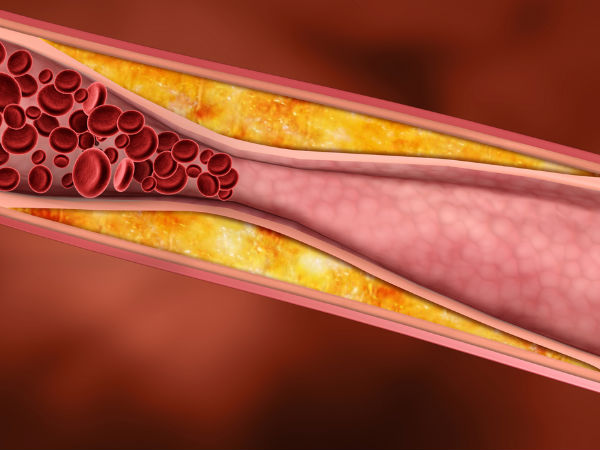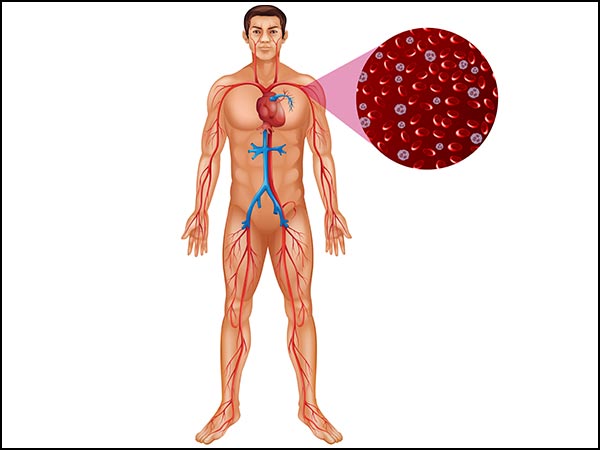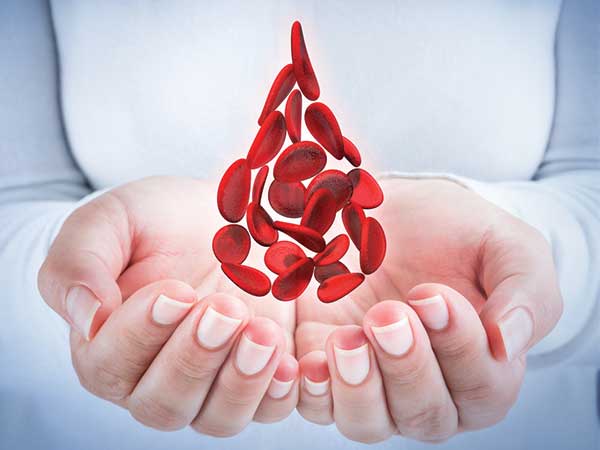Just In
- 28 min ago

- 1 hr ago

- 1 hr ago

- 3 hrs ago

Don't Miss
- Movies
 Aashu Reddy Shares Sultry Photoshoot Pictures In Body-Hugging Black Dress; Netizen Asks About Br$%#t Surgery
Aashu Reddy Shares Sultry Photoshoot Pictures In Body-Hugging Black Dress; Netizen Asks About Br$%#t Surgery - Finance
 Nykaa’s Co-founder Adwaita Nayar Named Young Global Leader In WEF’s Class Of 2024
Nykaa’s Co-founder Adwaita Nayar Named Young Global Leader In WEF’s Class Of 2024 - Sports
 PAK vs NZ 1st T20I: Rawalpindi Cricket Stadium Pitch Report, Weather Forecast & Venue T20 Record
PAK vs NZ 1st T20I: Rawalpindi Cricket Stadium Pitch Report, Weather Forecast & Venue T20 Record - Education
 JEE Advanced 2024 mock tests for paper 1 & 2 at jeeadv.ac.in, Check out for more details
JEE Advanced 2024 mock tests for paper 1 & 2 at jeeadv.ac.in, Check out for more details - News
 SC Rebukes Yoga Guru Baba Ramdev For 'Irresponsible Attitude' In Patanjali Case
SC Rebukes Yoga Guru Baba Ramdev For 'Irresponsible Attitude' In Patanjali Case - Technology
 Motorola Edge 50 Series Launching Globally Today - Check Price, Specs
Motorola Edge 50 Series Launching Globally Today - Check Price, Specs - Automobiles
 Toyota Innova Hycross GXO Launched In India At Rs 20.99 Lakh: All Details Here
Toyota Innova Hycross GXO Launched In India At Rs 20.99 Lakh: All Details Here - Travel
Maximise Your First Indian Adventure With These Travel Tips
Blood Clots: Know The Signs And Symptoms
Generally, a cut inside your blood vessels leads to the gathering of platelets, which subsequently discharge a chemical signal so that the strong protein called fibrin comes and forms a clot. The three primary types of blood clots are venous thrombosis, arterial thrombi and blood clots in the heart. [1]
Venous
thrombosis
occurs
when
stagnant
blood
gathers,
generally
in
the
legs,
and
forms
clots.
Arterial
thrombi
occurs
when
plaque
in
the
blood
vessels
narrow
the
passageway
so
that
blood
gathers
at
the
constricted
place.
Cardiac
thrombi
occurs
when
the
heart
muscle
does
not
pump
in
the
right
cycle,
enabling
blood
to
become
stagnant.


Blood clots can cause many conditions, probably the most typical being deep vein thrombosis, or DVT. DVT occurs when blood collects in the legs. Hereditary factors, heart problems, pregnancy and specific illnesses like polycythemia vera and Buerger's disease and also some drugs like oral contraceptives have been shown to raise the possible danger of blood clots. [2]

When the blood clots in the veins, the blood does not return to the heart and a number of symptoms like redness, swelling, warmth and pain occur in the legs or the arms. In most cases, the swelling occurs in one of the arms or legs and it becomes red, warm and swollen and causes pain over a period of time. [3]

Sometimes it becomes difficult to decide whether it is deep vein thrombosis or infection. If the clot is located in the iliac vein in the pelvis or in the femoral vein in the upper leg, it is known as phlegmasia cerulia dolens. If the blood clot is located in the arm and it affects the subclavian vein in the chest, a similar condition is noticed.
Also Read: Beware Of Abnormal Blood Clots!
When the blood clots in the arteries in the heart, the signs and symptoms include chest pain or pressure, sweating, nausea, shortness of breath, pain in the arm, jaw or back and indigestion. [4]

When the blood clots in the brain, there is a loss of vision, loss of speech, weakness on one side of the body, weakness in the arm and difficulties in speech. Blood clots in the intestine cause blood in the stool, vomiting and pain.
- [1] InformedHealth.org [Internet]. Cologne, Germany: Institute for Quality and Efficiency in Health Care (IQWiG); 2006-. What are blood clots and what causes them? 2013 Nov 5 [Updated 2016 Dec 27].
- [2] Prandoni, P. (2009). Venous and arterial thrombosis: two aspects of the same disease?. Clinical epidemiology, 1, 1.
- [3] InformedHealth.org [Internet]. Cologne, Germany: Institute for Quality and Efficiency in Health Care (IQWiG); 2006-. Deep vein thrombosis (DVT): Overview. 2017 Mar 23.
- [4] InformedHealth.org [Internet]. Cologne, Germany: Institute for Quality and Efficiency in Health Care (IQWiG); 2006-. What are blood clots and what causes them? 2013 Nov 5 [Updated 2016 Dec 27].
-
 healthDry Ice Served Mistakenly As Mouth Freshener At Gurgaon Cafe, Know Effects Of Dry Ice If Ingested
healthDry Ice Served Mistakenly As Mouth Freshener At Gurgaon Cafe, Know Effects Of Dry Ice If Ingested -
 insyncWhy Did Mongol Warriors Drink Blood? How Did It Play Crucial Role In Military Expeditions?
insyncWhy Did Mongol Warriors Drink Blood? How Did It Play Crucial Role In Military Expeditions? -
 wellnessWorld Diabetes Day 2023: Avoid These Common Mistakes When Testing Blood Sugar Levels
wellnessWorld Diabetes Day 2023: Avoid These Common Mistakes When Testing Blood Sugar Levels -
 pregnancy parenting14 Children Infected With HIV, Hepatitis After Blood Transfusion In UP Hospital: How Did It Happen?
pregnancy parenting14 Children Infected With HIV, Hepatitis After Blood Transfusion In UP Hospital: How Did It Happen? -
 wellnessDid You Know Your Own Blood Can Be Used For Pain Relief?
wellnessDid You Know Your Own Blood Can Be Used For Pain Relief? -
 healthWorld Blood Donor Day 2023: People Who Shouldn't Donate Blood
healthWorld Blood Donor Day 2023: People Who Shouldn't Donate Blood -
 healthWorld Thalassemia Day 2023: Expert On Alpha Thalassemia; What Lifestyle Changes Should One Adopt?
healthWorld Thalassemia Day 2023: Expert On Alpha Thalassemia; What Lifestyle Changes Should One Adopt? -
 wellnessWHO Urges Eligible People To Make Regular, Voluntary, Unpaid Blood Donations
wellnessWHO Urges Eligible People To Make Regular, Voluntary, Unpaid Blood Donations -
 disorders cureCOVID-19 And Blood Thinners: How Do They Help Increase Survival Rates In Critical COVID-19 Patients?
disorders cureCOVID-19 And Blood Thinners: How Do They Help Increase Survival Rates In Critical COVID-19 Patients? -
 wellnessAre There Home Remedies For Blood In Stool?
wellnessAre There Home Remedies For Blood In Stool? -
 wellnessDo You Donate Blood? Here Are The Benefits And Risks Of Blood Donation
wellnessDo You Donate Blood? Here Are The Benefits And Risks Of Blood Donation -
 wellnessWhat Are Blood Thinners? Read About 8 Natural Blood Thinning Foods
wellnessWhat Are Blood Thinners? Read About 8 Natural Blood Thinning Foods


 Click it and Unblock the Notifications
Click it and Unblock the Notifications



